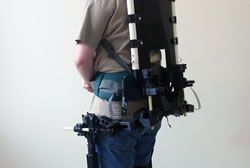AeroFarms® to build world's largest R&D Indoor Vertical Farm in Abu Dhabi as part of USD $100 million AgTech investment by Abu Dhabi Investment Office (ADIO)
Ag Barometer index drops below 100 as coronavirus disrupts agriculture
Coronavirus Has Highlighted the Problems in Supermarket Supply: IDTechEx Asks if Vertical Farming Could Be the Solution
IDTechEx Asks If Vertical Farming Can Revolutionise Global Agriculture
Vertical Farming Market is Supposed to Reach US$ 20 Billion by 2026
Researchers Reveal Plant Defense Toolkit and Insights for Fighting Crop Diseases
High consumer expectations, low levels of appreciation make it tough to be a farmer, finds new research
Precision Farming Market to cross USD 12 billion by 2025
Precision Indoor Plants (PIP) Consortium to Revolutionize Agriculture
Smart Greenhouse Changing Agriculture: Next Hot Trend in Smart Farming
Cannabis greenhouses are creating light pollution, but there are solutions
United States $3 Billion Vertical Farming Market to 2024
Researching the Farm of the Future
Soil Health Institute Announces Methods for Evaluating Soil Health Indicators at a Continental Scale
Mechanical engineers collaborate in exploration of robotic options for farmers
Records 31 to 45 of 51
First | Previous | Next | Last
Featured Product


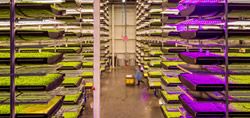
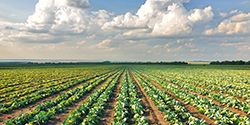

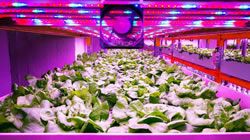

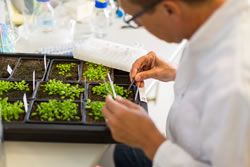
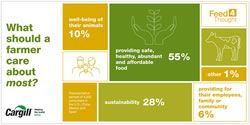
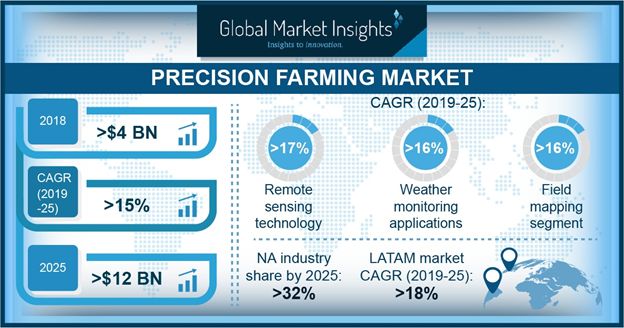
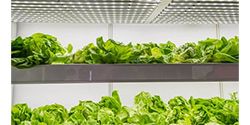
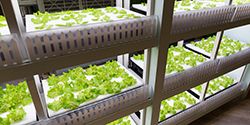


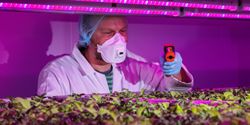
.jpg)
